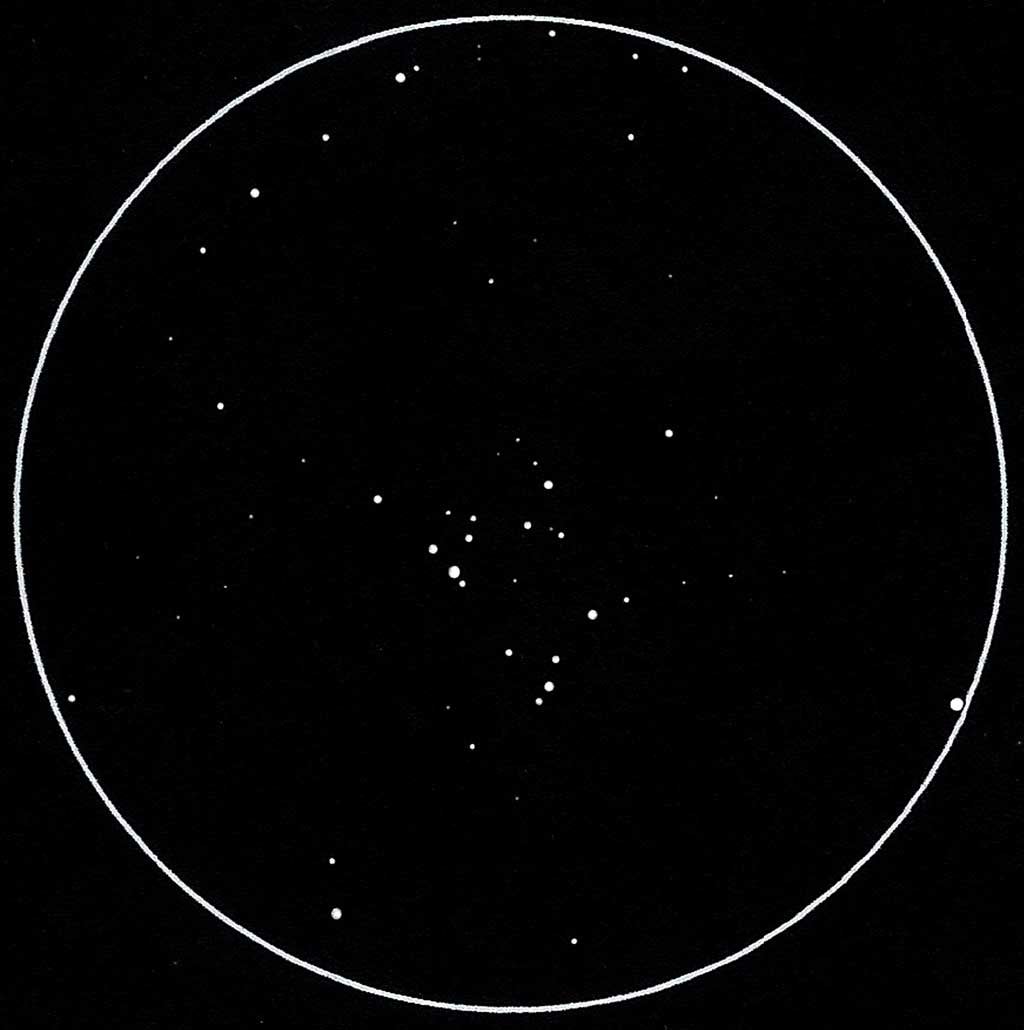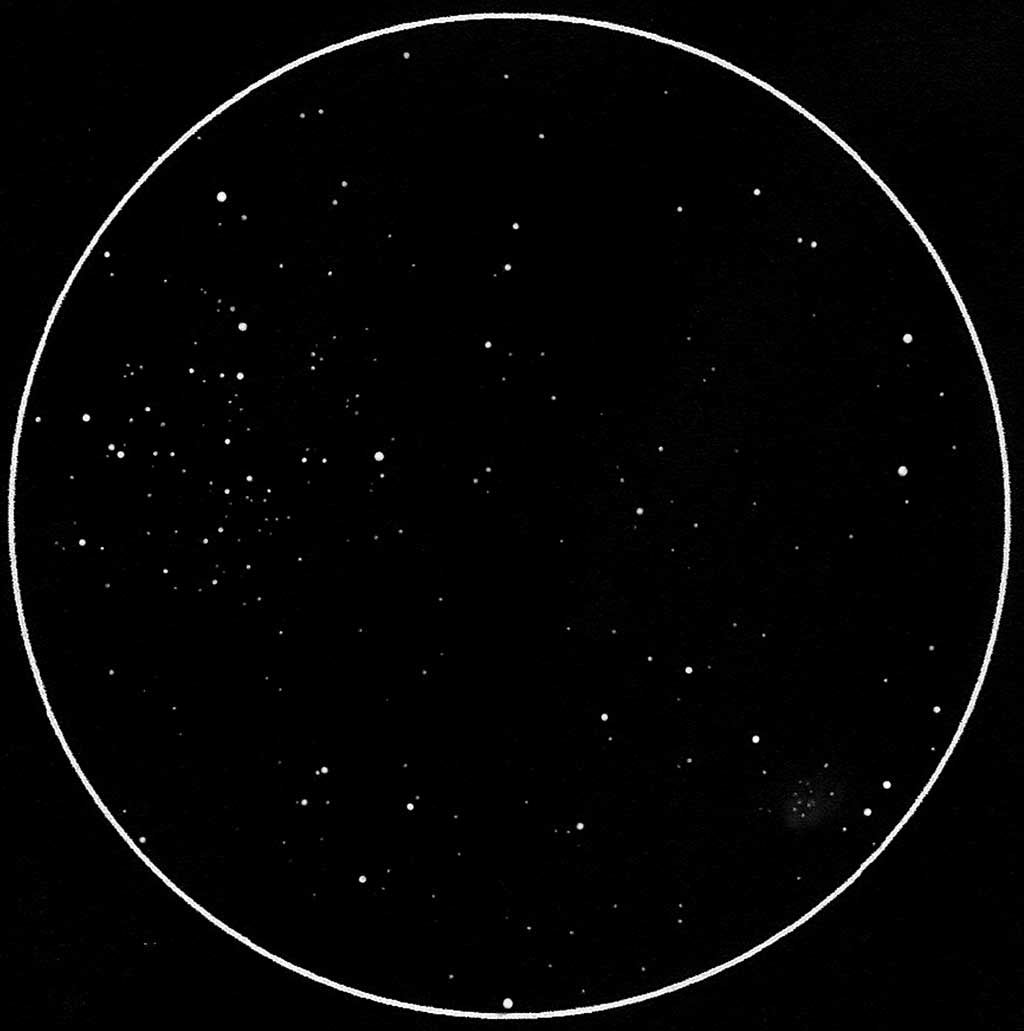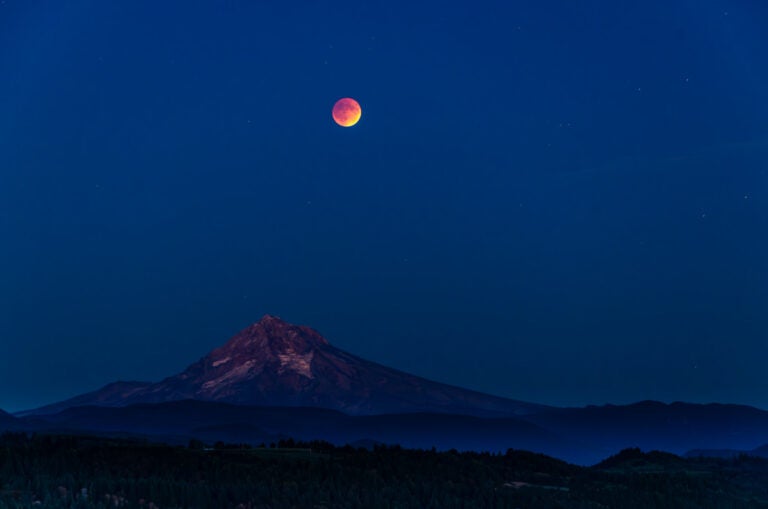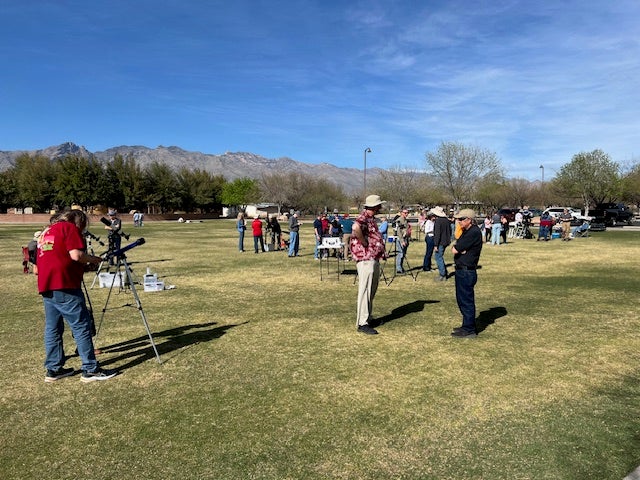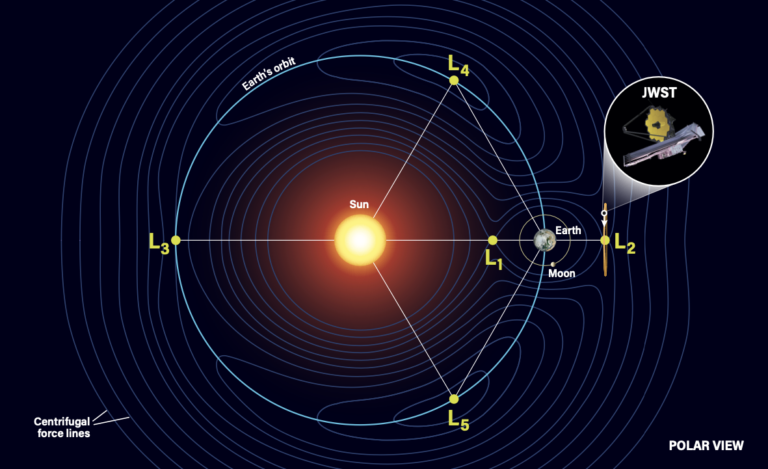Open clusters are a real treat, especially when they provide views that can spark our imagination, making them memorable by the shapes they form. A great example is NGC 2169 in Orion, which lies about 50′ south-southeast of magnitude 4.4 Nu (ν) Orionis. This little gem, packed full of colorful single and double stars and patterns, measures 5′ by 7′. From a sketcher’s perspective, this object gently eases us into accurately rendering clusters and star fields without overwhelming us with an abundance of stars to plot.
The stellar groups transform into the number 37 at high magnifications. Large scopes reveal 30 cluster members. Look closely to see hints of color, and make sure to bump the magnification above 200x to split the double star Struve 848 within the cluster.
To sketch this little beauty, plot the brightest stars first, followed by the stars within the cluster. Work in wedges around the field of view, and then add the faintest stars to complete the sketch. For perfectly round stars and magnitudes, keep your pencil straight while slightly twisting it at various pressures.
Who hasn’t been intimidated to sketch the famous Double Cluster (NGC 869 and NGC 884) in Perseus? If you fall into this category, then M38 and its southern companion, NGC 1907, are a perfect alternative that provides stunning views and sketching experience before you tackle the mighty Double Cluster. M38 and NGC 1907 lie in Auriga, roughly halfway between Theta (θ) and Iota (ι) Aurigae. Magnitude 6.4 M38 spans 21′ and contains more than 100 stars.
Chains of stars in M38 form an X or π shape stretching nearly 14′ across. The cluster also sports several nice double stars and dark lanes. It’s a magnificent, irregularly shaped object best viewed at low power that becomes richer in stars with increased aperture.
The other open cluster is NGC 1907. You can locate it 0.5° south-southwest of M38. NGC 1907 is small and faint by comparison, at 6′ across and magnitude 8.2. It contains 10 stars you’ll see within the hazy oblong backdrop of this cluster through a 4-inch scope. An increase in aperture and magnification will show close to 30 stars, some forming chains.
I drew both sketches at the eyepiece using an Astronomical League template, which you can download at http://tinyurl.com/ALsheet. I also used a #2 graphite pencil, a felt-tipped superfine Faber-Castell Pitt artist pen, and a 0.5mm mechanical pencil. Throughout the run of this column, I will invert black and white in my sketches to better represent what you’ll see through the eyepiece.


